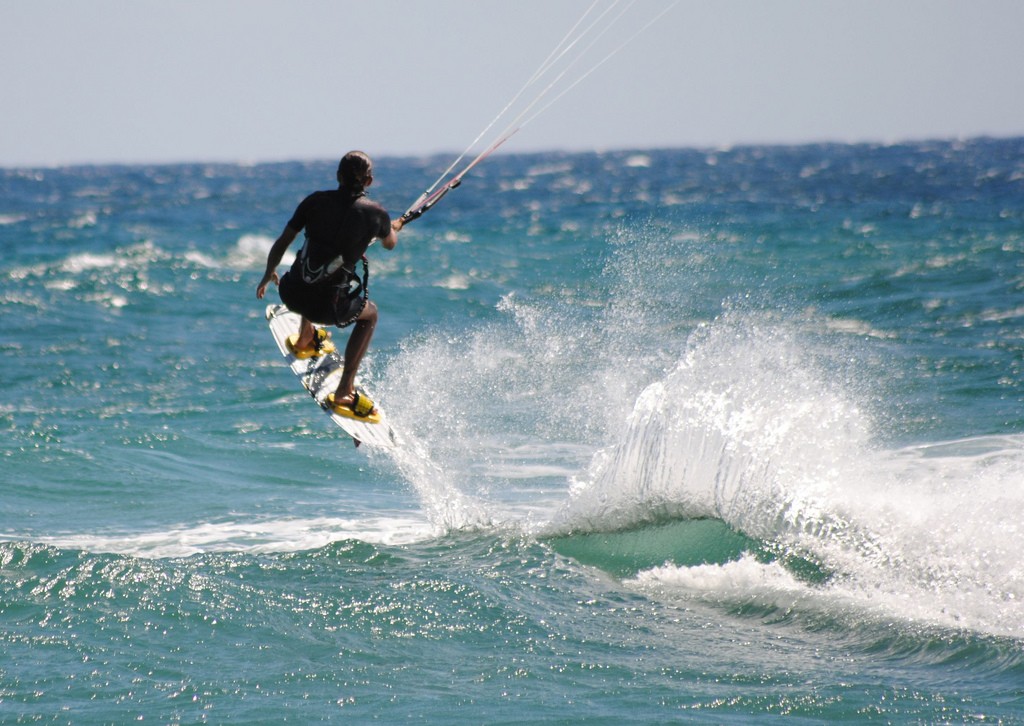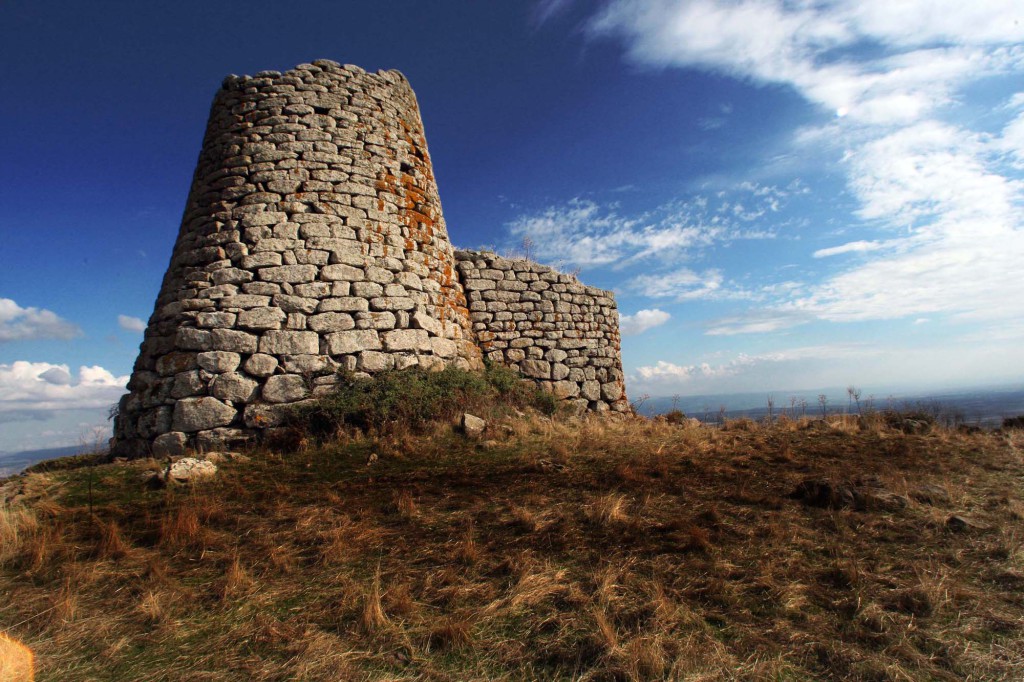
SPORT & Leisure
For those who love the sea: kitesurf, windsurf, canoe,diving, snorkeling, boat sailing. For golfers, non può mancare all\’emozione di giocare al prestigioso Golf Club Is Molas o divertirsi al Chia Golf Club primo pitch & putt italiano a 18 beech.
Per chi vuole scoprire le attrazioni dell\’entroterra: Horse riding, mountain bike, trekking, quad, climbing. Not to forget a sport like tennis so loved. Chia is an excellent place for fishing. Per chi volesse rilassarsi c\’è un centro benessere al Chia Laguna Resort. E per tutta l\’estate: festivals, concerts, theater.

SIGHTSEEING AROUND
The dunes of Chia, the beaches of Su Portu, Capo Teulada, Malfatano Cape and Cape Teulada. The small island of Su Cardinolu. The beach of Porto Campana, the Giudeu beach with its small island, the lagoons of Su Su Stangioni Upgrade. The beautiful beaches of Cala Cipolla, Cala Zafferano and Tuerredda. L\’isola di San Pietro la città e le impressionanti torri (conosciute con il nome di \”le Cononne\”) Carloforte. The gut tower, Red Beach, Campionna the Pleasure Beach and its small island,
The surroundings of Punta Sebera (979 mt).
The Natural Park of Cannoneris inhabited by deer and wild boars. Pink flamingos in the Chia Lagoon. The western-style views of the canyons of Sulcis, dove il grande regista Sergio Leone girò molti dei suoi film conosciuti con il nome di \”spaghetti western\”.
The caves Zuddas and Mannau, S.Giovanni.

HISTORICAL SITES TO VISIT
The Roman ruins – Puniche di Nora con l\’anfiteatro nel quale in estate vengono ospitati spettacoli teatrali e musicali. Le rovine Penice di Bithia. Le Torri spagnole di Chia e di Pixini. Il Castello di Cagliari con il museo e l\’anfiteatro. The church of St. Efisio in Pula. The church of Santa Maria in Tratalias. The temple built in Antas 27 B.C. The church of 15 Century of the Holy Spirit and the museum of Domus De Maria. the catacombs, The early Christian church, il Tophet fenicio – Punic and the Hypogeum village of S. Antioco. The nuraghi, i menhirs e tutti i resti dell\’antica era nuragica. L\’area archeologica di Monte Sirai situata vicino alla città di Carbonia. The church of St. Elijah inNuxis. The Domus de Janas necropolis of Pani Loriga near Santadi.

GASTRONOMY
Il caratteristico \”antipasto\” Sardinian who may precede both lunch and dinner consists of a mixture is salt pork, prosciutto, pecorino, olive, with fresh vegetables, crabs, clams, clams, patelle, lobsters, octopus and mullet. The Sardinian tradition brags different types of pasta, dry and cool, and traditional bread (malloreddus, pane carasau, culurgionis).As for the meat tradition recommends the cooked pork on myrtle wood coals, servita anche mista a grigliate di pesce. La più importante attività economica tradizionale sarda riguarda l\’allevamento di capre e pecore, from which we get the cheese such as Pecorino Sardo, produced exclusively in Sardinia. In Sardinia pork it is prepared according to traditional recipes, the most characteristics relate to the preparation of wild boar ham wild, cosi\’ come le salsicce secche o meno che sono caratteristiche dell\’isola. L\’ingrediente base per le ricette sarde è la mandorla; da cui nascono i famosi \”amaretti\” ed i \”is pabassinas\”. Sardinia boasts a centuries-old production of high quality wines, the best known are the Cannonau, Malvasia, Vermentino, il Nuragus. To talk about liquor, we will quote the famous myrtle liqueur, ma esiste anche l\’ottimo liquore di fichi d\’india e l\’\”aqua vitae\”, più conosciuta da queste parti con il nome di \”filu\’e ferru\”.